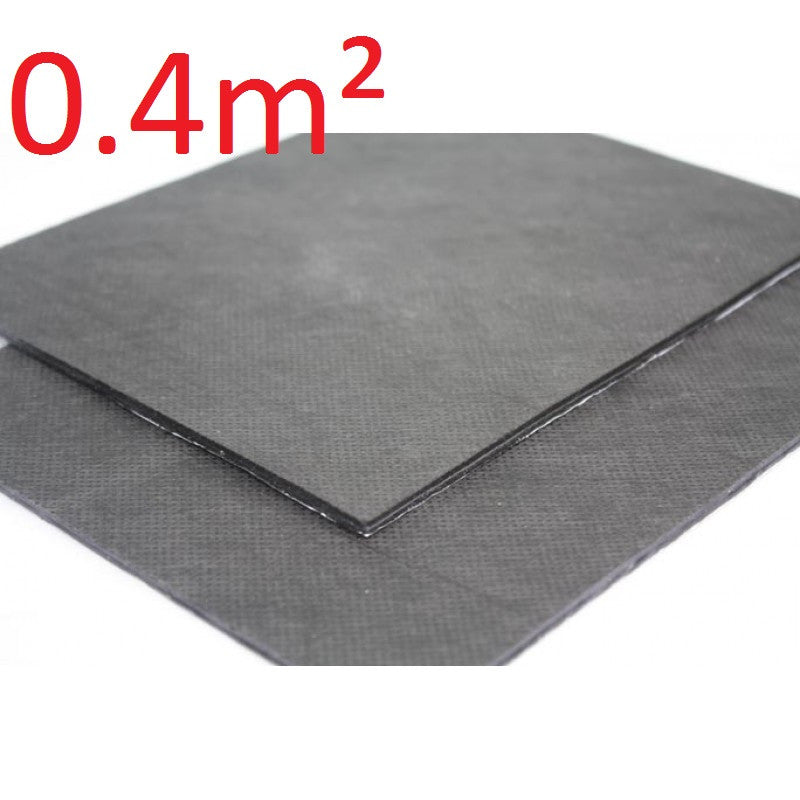Vibration isolation Combi BMN
Vibration isolation Combi BMN - Ask you before buying whether we have this item in a warehouse if we do not have to be ordered and arrive within 2-21 days.
▪️ Do you have questions about this product?❓We can consult by phone +370 683 90000 or come to our salon Armatūrinininkų St. 1, Kaunas.
Free delivery in Lithuania from € 100
Free delivery in Lithuania from € 100
In Lithuania, Venipak courier delivery is available via 1-2 business days.
Delivery outside Lithuania within 4-10 business days.
Pick up the goods in the store for € 0
Pick up the goods in the store for € 0
Armatūrinininkų St. 1, Kaunas
Working hours: Thursday 9:00-18:00




